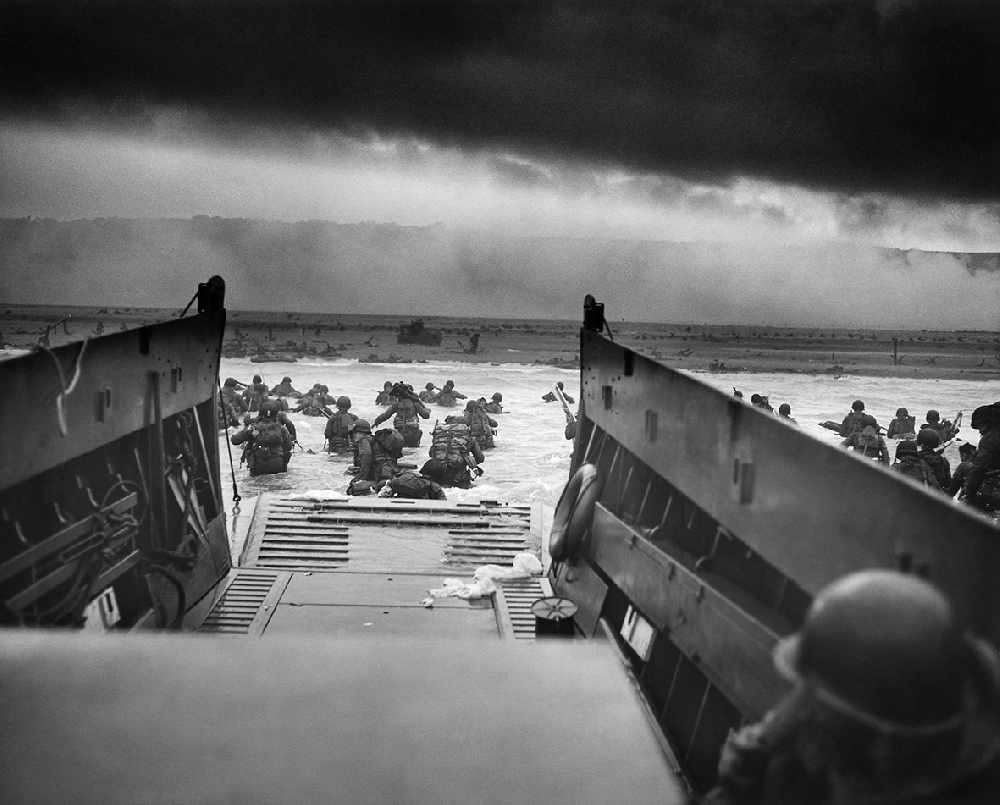
Graham Braithwaite of Tameside Armed Services Community (TASC), takes a look back at today’s landmark date in history exactly 75 years ago today - D-Day.
The Normandy Landings involved many from across our region who were involved in the air, on sea or storming the beaches. But Normandy was not the only sphere of war at the time, as Graham shines the spotlight on those battling in Italy and India on the same day...
NORMANDY JUNE 6TH 1944
Is it a coincidence that the invasion of Europe in Normandy took place on the night of 5th/6th of June 1944 postponed for 24 hours due to bad weather?
For it was also the final day of the evacuation at Dunkirk four years before that we landed back on French soil.
This year marks the 75th anniversary since the British, Canadian and US forces under General Eisenhower landed on the shores or France. It has since become known to everyone as “D-DAY” when on June 6, 1944, the allies landed on the French coast.
Military historians know this as Operation “Neptune” the seaborne landing of the Normandy coast. It was the largest seaborne invasion ever and was the beginning of Operation “Overlord”.
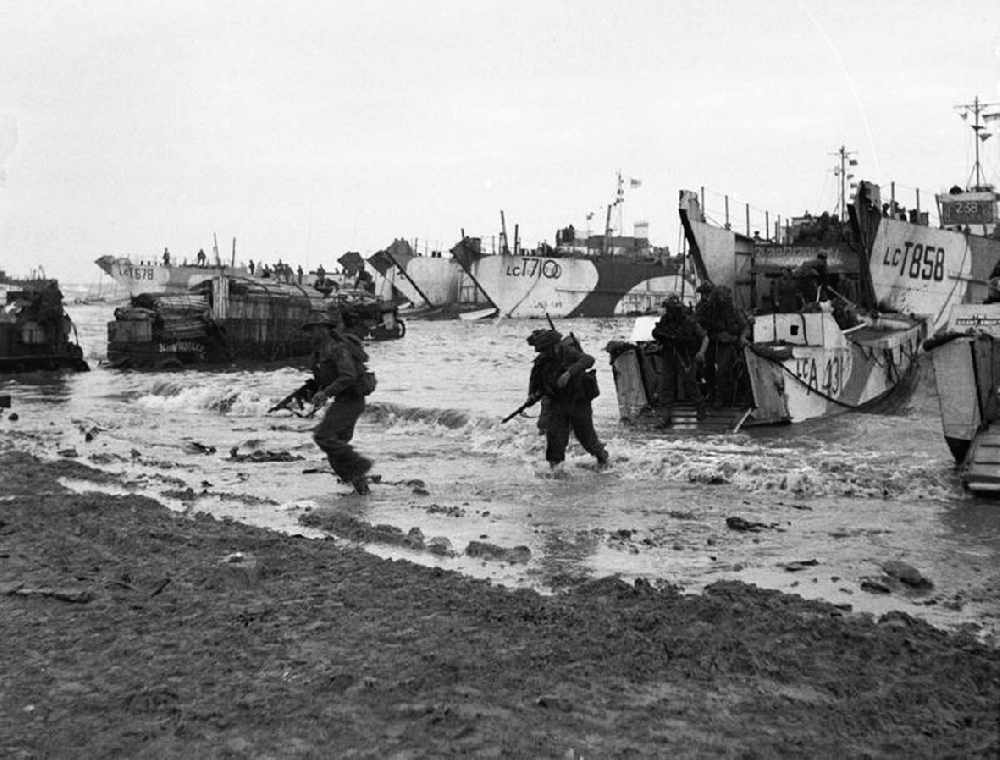
The liberation of Europe began on June 5 at 5pm, with Operation Neptune involving an armada of more than 5,000 ships carrying troops and supplies from ports in southern England.
A total of 156,000 men - or 10 divisions - faced 50,000 German defenders in bunkers with 170 Coastal Artilleries of Guns and Rocket Launchers.
The RAF were everywhere and the bombing of Normandy began around midnight with more than 2,200 British, Canadian, and US bombers attacking targets along the coast and further inland.
The Normandy Invasion consisted of 5,333 Allied ships and landing craft embarking nearly 175,000 men.
The British and Canadians put 75,215 troops ashore, and the Americans 57,500, for a total of 132,715, of whom about 3,400 were killed or missing, in contrast to some estimates of ten thousand.
Whilst this was a mammoth event in the annals of warfare, the men from Tameside in the 1st and 7th Manchester Regt., (D-Day +21) the 7th (The Dukes) West Riding Regt (D-Day +6) were, at that time heavily involved in the fighting.
Scattered throughout the services, the men of Tameside served in the RAF, Navy and Special Forces, The Cheshire Regiments and The 1st Manchester Regiment.
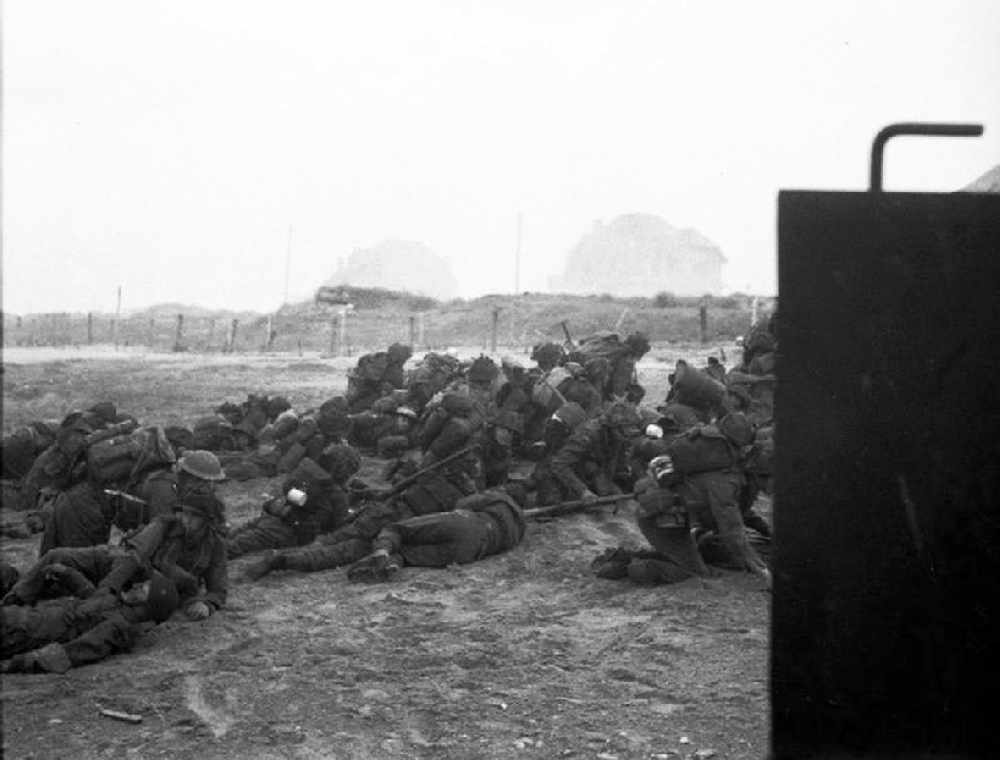
ITALY JUNE 6TH 1944
Before dawn on July 10 of 1943, 150,000 American and British troops - along with Canadian, Free French and other Allies, and 3,000 ships, 600 tanks and 4,000 aircraft - made for the southern shores of the largest island in the Mediterranean Sea: the storied, 10,000-square-mile land of Sicily.
By June 6, 1944, the Italian Campaign was going well with the 3,127 aircraft and 690,000 men from 13 countries, including local men of Cheshire and the Manchesters attacking through to reach Rome.
This included men of the 9th Battalion (Ashton) Territorials who had fought at Dunkirk and been saved off the beaches and who were now fighting through Italy, helping to take Rome which surrendered on June 4 to the Americans.
They, along with the 8th Bn (Ardwick) Manchester Regt., were moving towards the Gothic Line in Northern Italy with the 6th Battalion The Cheshire Regiment who would take part in the Gothic Line Battles followed by fighting in the River Lamone area and go on to capture Venice.
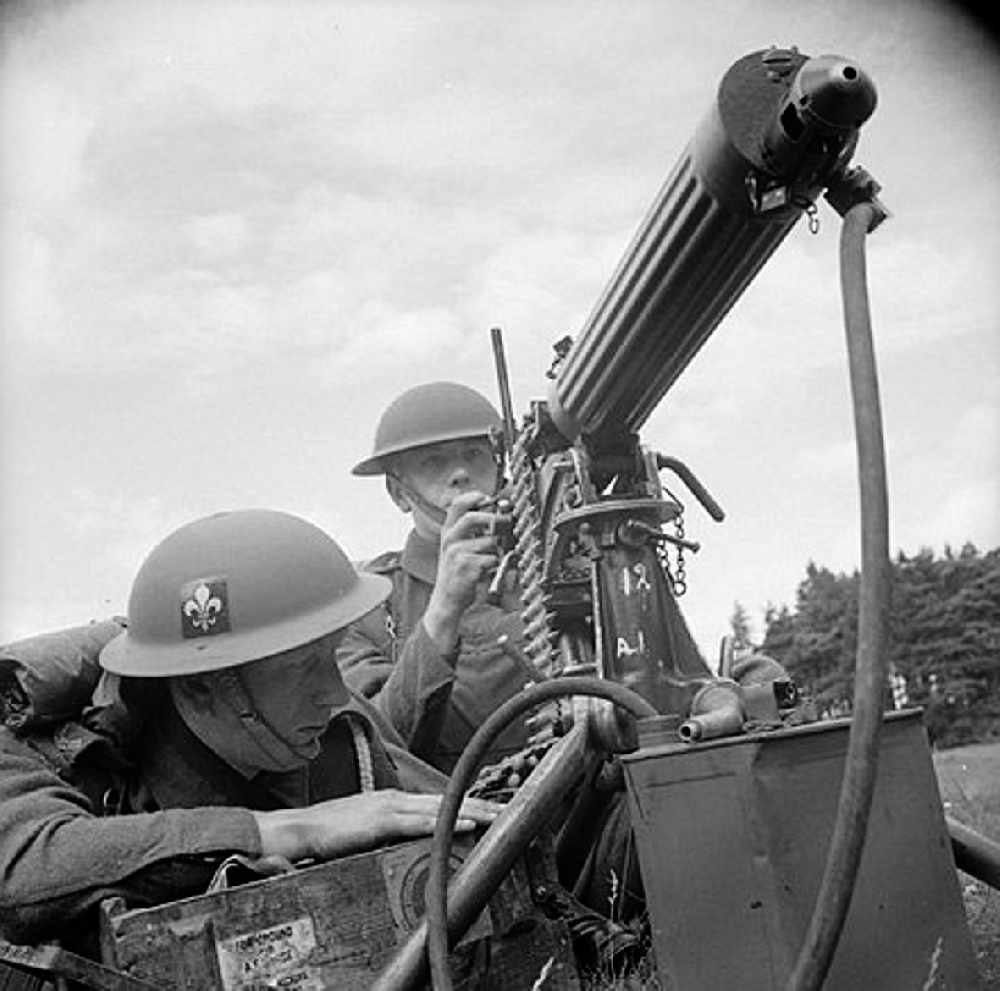
The strangest use of military force in the Italian Campaign was the use of Brazilian Army!
From June 6 to August 1944, the Allies advanced beyond Rome, taking Florence and closing up on the Gothic Line.
This last major defensive line ran from the coast some 30 miles (48 km) north of Pisa, along the jagged Apennine Mountains chain between Florence and Bologna to the Adriatic coast, just south of Rimini, a resort that many visited since the war ended on holiday.
More than 152,940 civilians were killed during this campaign and the 1.3 million allies suffered over 336,000 casualties, nearly 90,000 British. The allies lost 8,011 aircraft consisting of USAAF, SAAF and RAF bombers and fighters. The Germans also suffered huge losses.
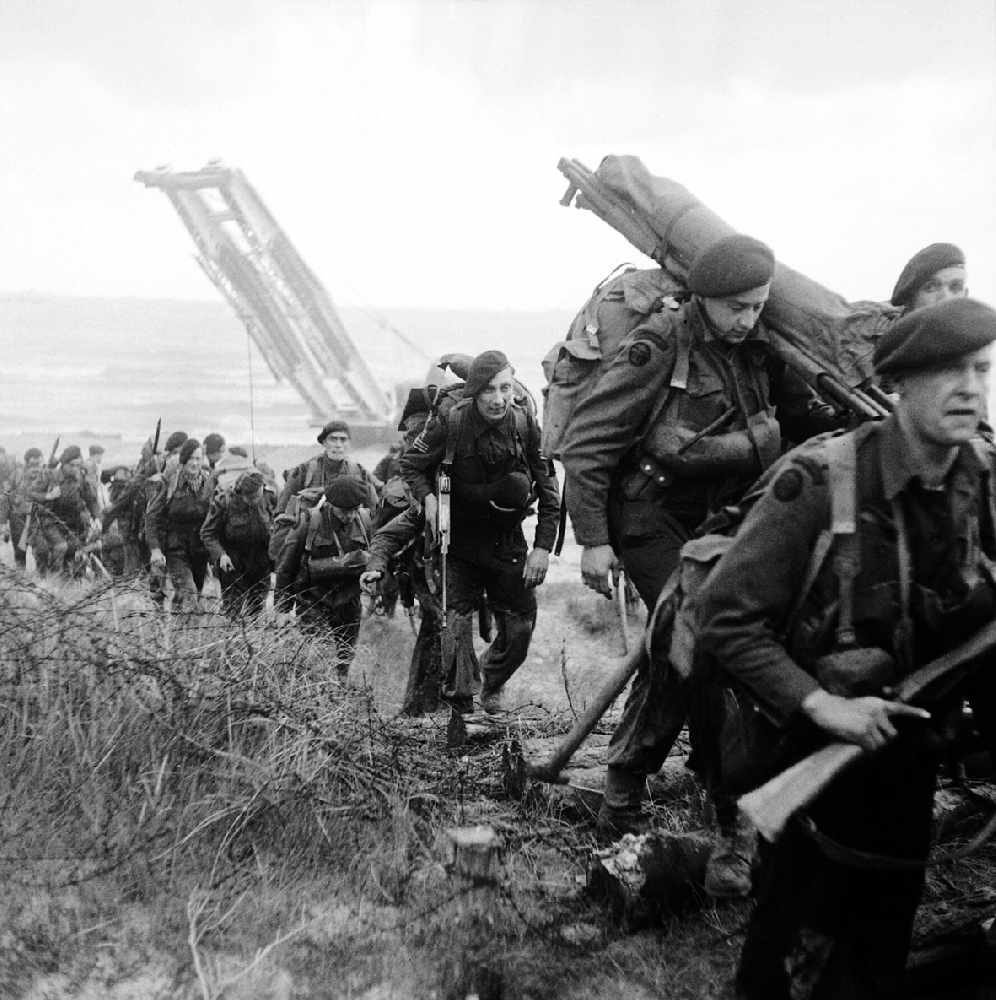
INDIA JUNE 6TH 1944
In India there were fears of a Japanese Invasion.
The 2nd Manchesters from Ladysmith Barracks were based in India and Burma with A, B & C Companies as Machine Gun Companies attached to all the fighting regiments at the front and in defence.
They were involved in every operation of the fighting around Kohima, from their first contact with the Japanese at Milestone 32 on the Dimapur approach to Kohima, and with the American Air Force using air-drop supplies and supporting the efforts of the 2nd Division, they consolidated the positions.
As Machine Gunners, they supported all the attacks on the Japanese positions on Terrace Hill, Two Tree Hill, Jail Hill, DIS Ridge, FSD Ridge, Kuki Picquet and the Naga village, until the 2nd Division’s meeting with the Imphal garrison at Milestone 109 on the Kohima - Imphal road on June 22, 1944. It’s conclusion led to the “Kohima Epitaph” we use today - “When you go home tell them of us and say, for your tomorrow we gave our today.”
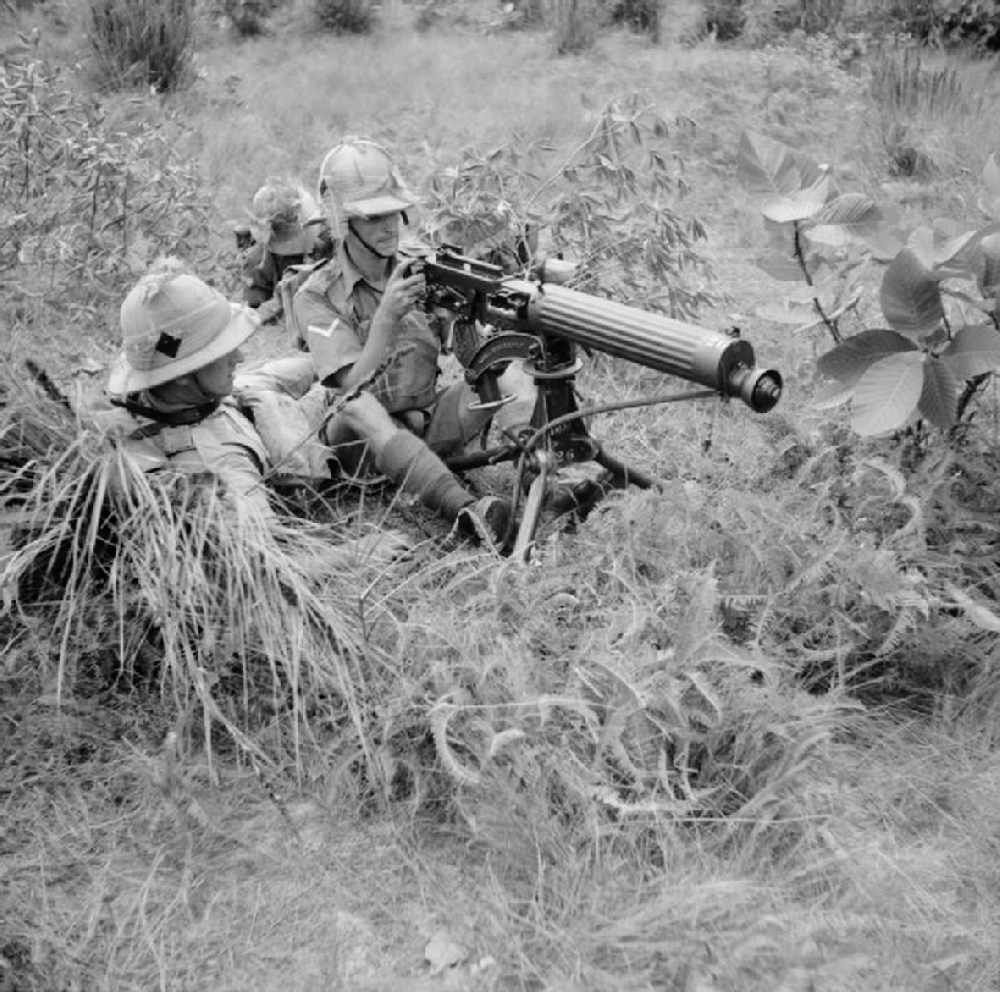


 Hyde theatre receives £20K funding boost from the People's Postcode Lottery
Hyde theatre receives £20K funding boost from the People's Postcode Lottery
 TAMESIDE: What each political party in Tameside is offering to voters at the local elections this year
TAMESIDE: What each political party in Tameside is offering to voters at the local elections this year
 GREATER MANCHESTER: We asked every Greater Manchester mayoral candidate the same questions – this is what they said
GREATER MANCHESTER: We asked every Greater Manchester mayoral candidate the same questions – this is what they said
 "The pandemic changed my outlook on life": The Denton mum who started a business from her bathroom
"The pandemic changed my outlook on life": The Denton mum who started a business from her bathroom


